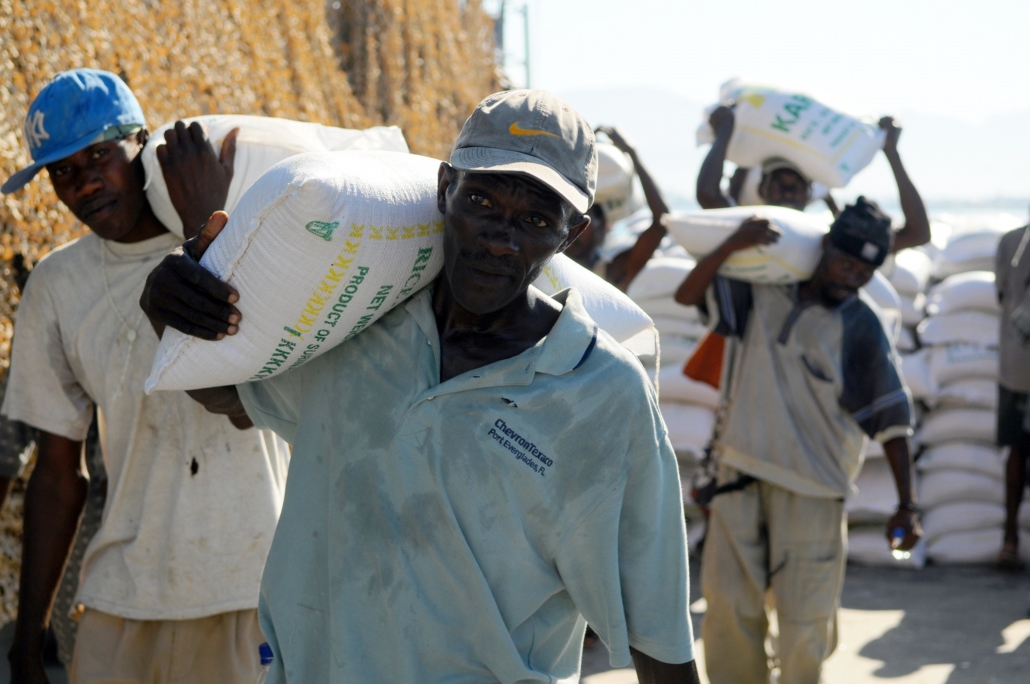The Benefits of Investment in Foreign Aid

Saving Lives
Research shows that many of the deaths per annum that occur due to poverty are preventable. Specifically, in children, estimates have determined that two in every three deaths are due to diseases and conditions that are treatable such as pneumonia, malaria and diarrhea. Famine, which claims 9 million lives a year and is responsible for half of all deaths of children aged 5 and below persists despite research that shows there is enough food produced to feed the population in its entirety by 1.5 times over. With the means readily available, committed support can make a life-saving difference.
Equalize Distribution of Wealth
In a report on economic inequality, researchers were able to determine that billionaires earned enough income to end poverty seven times over in 2017. With well documented adverse effects on GDP, increasing levels of income inequality have produced a measurable stagnation in global economic growth. Organizations like The Giving Pledge, which is comprised of a list of billionaires who have committed half of their wealth to charity, could help solve the problem in redistributing their wealth thereby accelerating global economic development.
The Value in Developing Economies
Since 2008, the U.S. has engaged in investment in foreign aid to Ghana. In fact, it has provided Ghana with $150 million to date. This relationship between the two countries has become increasingly mutualistic as the economy of Ghana continues to develop. An increase from 7.8% to 30.3% in exports from the U.S. shows that when one invests in foreign aid, it produces measurable returns. One can find similar results throughout the globe. For example, the U.S. invested north of $800 million to Afghanistan in 2020 alone but stands to make $1.2 billion in exports. Moreover, this is in spite of the fact that the bulk of funds are going toward democratic processes, human rights and governance.
Building Alliances
In the 20th century, South Korea, Germany and Japan were recipients of foreign aid via The Marshall Plan. The U.S. has providing foreign aid one of its mandates ever since. Today, South Korea and Germany are some of the United States’ most valuable allies and trading partners. With less than 1% of the federal budget going to foreign aid and the U.S. polling highest in how other countries view it as an ally globally, the importance of nurturing and maintaining alliances abroad benefits not only the economy but national security interests as well.
The upsides of concerted investment in foreign aid to eradicate global poverty are self-evident, with the global population experiencing highs in life expectancy, global literacy rates and access to higher education, as well as significant reductions in child and maternal mortality rates. It is clear that much work is necessary, but the world’s understanding of the issue has never been more sophisticated.
– Christian Montemayor
Photo: Flickr
